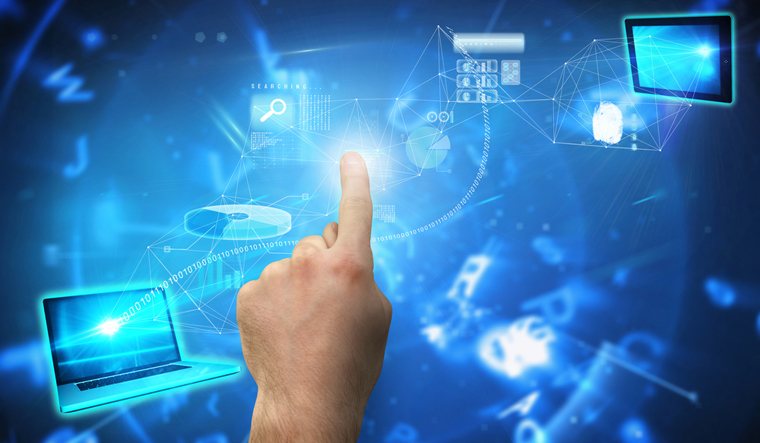Intelligent personal assistants on your smartphones, instant translation tech that eliminates language barriers, devices that anticipate your needs and living and working with robots. The world just half a decade down the line could be different. Very different.
That is the dramatic picture painted by Huawei, one of the world's leading technology companies, in its Global Industry Vision report, released on Friday. The report highlights technology trends up until 2025, identifying trends currently shaping how we live and work.
The most significant takeaway? Not only will our lives be intensely connected in an artificial intelligence (AI) ecosystem which will dictate everything from transportation to communication, 2025 could see human lives totally intertwined with robots in every sphere.
also read
- From robot puppies to Honda 0 SUV: Here are a few crowd-pullers of CES 2025
- Indian health-tech innovators predict 2025 to be the pivotal year for healthcare transformation
- Here’s how your online taxi app is taking you for a ride
- Industries minister P. Rajeeve: Kerala can be a destination for high-tech, knowledge industries
- Death Clock app's AI can predict the date you'll pass away and financial experts are interested, here's why
5G has a lot to do with it all, with the report predicting that 58 per cent of the world will have access to 5G by 2025. Huawei's report suggests that the convergence of 5G, virtual reality and augmented reality, machine learning and other emerging technologies will let us see beyond distance, distortion and surface—basically revolutionising transportation as well as communication. Intelligent transport systems will connect people, vehicles and infrastructure, while language barriers will be a thing of the past, with data analytics connecting companies and customers seamlessly.
Bots will become an everyday reality, with the report predicting a 14 per cent global penetration rate of home robots. They would not be merely helping with the household chores as smart automation will penetrate more workplaces by 2025, taking up hazardous, repetitive and high-precision tasks. Huawei's report predicts that there will be 103 robots for every 10,000 employees.
Search would be a thing of the past, too, if the Global Industry Vision is to be believed. “As data driven and sensor-equipped devices begin anticipating our needs, information will find us. Future searches will be button-free and industry will benefit from zero-search maintenance,” the report says.
The futuristic finds predict a symbiotic economy where digital tech, shared global standards and cloud sharing are the norm. One example is its prediction of how much the annual volume of global data usage by then will be – 180 ZB (One ZB equals one trillion GB).
“We should set our sights beyond what we see now and look to the future, shifting from innovation to invention,” says Kevin Zhang, CMO of Huawei ICT Infrastructure, “We're seeing rapid changes to life, work and society as every industry adopts AI, 5G, cloud computing and other emerging technologies.”
The Global Industry Vision draws from the company's quantitative data and real-world use cases of how intelligent technology is permeating every industry.



